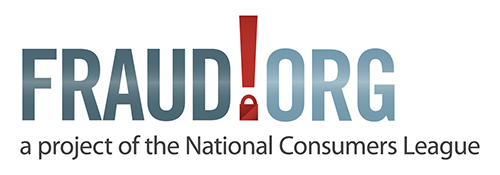Watch out for toll collection impersonation scams
A number of government agencies have been warning consumers about a sharp rise in phishing attacks centered around fake toll charges. The FBI alone received over 2,000 complaints related to the surge in fake toll scams within a one-month period. Many state attorneys general and toll authorities have received similar spikes in reports as well.
The fraud hinges on impersonation, with the scammers posing as toll collectors and sending text messages claiming that the recipient owes money for unpaid tolls. Reported messages have said that the individual owes around $12 but can be hit with a $50 late fee. The texts then include a web link taking the target to what appears to be an authentic site for paying tolls.
Like other phishing attempts, this scam aims to deceive recipients into providing personal information to the fraudsters. Criminals can then use this data to commit identity theft and gain access to the individual’s online accounts. Additionally, if the target responds to the phishing attempt, this signals that the recipient phone number is live, which can result in a greater number of scams targeted to that (now verified) number.
Keep the following tips in mind to protect yourself from these phishing attacks:
- Do not respond to the message or click on any links. Clicking on web links or attachments can make your device vulnerable to malware and jeopardize your personal data, in addition to signaling to scammers that there is a live target associated with the receiving phone number or email.
- Check your local toll operator’s website. Impersonated authorities will often put a warning on their site with resources and methods to help consumers distinguish the legitimate agency from scammers. If you do owe a toll, this is where you would make a payment.
- Look for mistakes in the message. Some states like Michigan have toll bridges and tunnels, but not toll roads. Scammers may also spell the names of toll collection agencies incorrectly. Inconsistencies like these are red flags that the message is not authentic.
- Report the message to law enforcement. The FBI, the FTC, and state attorneys general rely on repots of fraud to track trends, pursue the criminals, and compensate victims when possible.
- Report the message as junk to your phone carrier. This can be done with your phone’s built in “report junk” button or by forwarding the message to 7726 (SPAM). This allows your phone carrier to better detect and block fraudulent messages on its network. Using the built in “report junk” button often deletes the message from your phone, so this should be done last.





